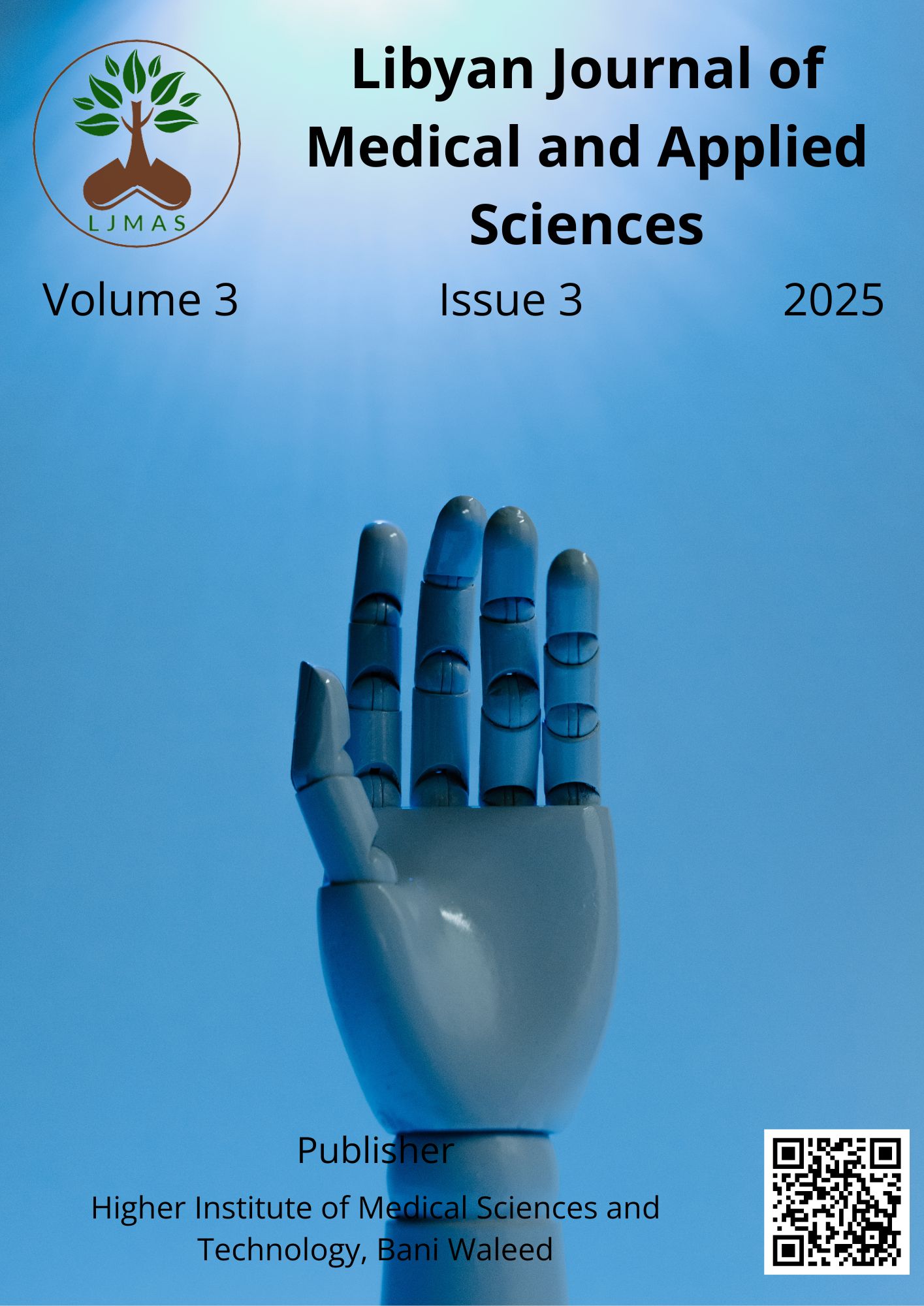Prediction and Structural Comparison of Deleterious Missense Single Nucleotide Polymorphisms (nsSNPs) Associated with Respiratory Distress Syndrome
Main Article Content
Abstract
Background: Infant Respiratory Distress Syndrome (IRDS) is a major cause of neonatal morbidity and mortality, often linked to genetic mutations affecting pulmonary surfactant metabolism. Mutations in genes such as SFTPA1, SFTPA2, SFTPB, SFTPC, SFTPD, ABCA3, and NKX2-1 have been implicated in surfactant dysfunction and IRDS pathogenesis. However, the functional consequences of many nonsynonymous single nucleotide polymorphisms (nsSNPs) remain poorly characterized. Objective: This study aims to identify and prioritize potentially deleterious nsSNPs in surfactant-associated genes using an integrated computational approach, providing insights into their structural and functional impacts for future experimental validation. Methods: We performed a comprehensive in silico analysis of rare missense variants (MAF < 1%) obtained from public databases (dbSNP, ClinVar, UniProt). Functional impact was predicted using SIFT, PolyPhen-2, Panther, and CADD. Protein stability changes were assessed using I-Mutant2.0 and MUpro. Evolutionary conservation was evaluated via ConSurf, and structural modeling was carried out with AlphaFold, SWISS-MODEL, PyMOL, and GROMACS to analyze RMSD and hydrogen bonding patterns. Results: Mutation frequency analysis revealed ABCA3 as the most variant-rich gene (n = 36,391), while SFTPD had the lowest mutation load (n = 4,646). Consensus prediction identified several high-risk nsSNPs, including R276W (SFTPB), V48M (SFTPC), G86E (SFTPA2), and P131T (SFTPD), consistently classified as damaging across tools. Protein stability analysis confirmed significant destabilization for R276W (SFTPB) and V48M (SFTPC). Structural modeling showed increased RMSD and reduced hydrogen bonds in variants such as G123V (SFTPA1) and G100S (SFTPC), indicating potential structural disruption. Highly conserved residues (ConSurf score ≥ 7), especially those involving glycine or proline substitutions, were more likely to be functionally critical. Conclusion: This comprehensive in silico analysis identifies several high-confidence deleterious nsSNPs that may contribute to surfactant dysfunction and IRDS pathogenesis. These findings offer valuable insights for future functional studies and may aid in the development of targeted genetic screening strategies for IRDS risk assessment.
Article Details

This work is licensed under a Creative Commons Attribution 4.0 International License.





